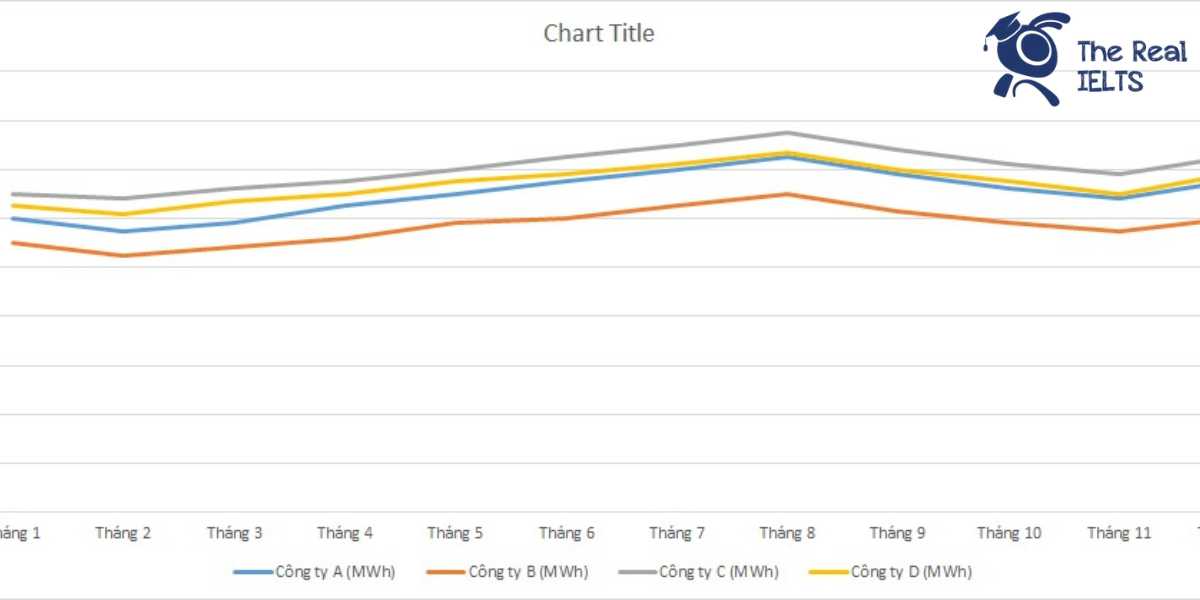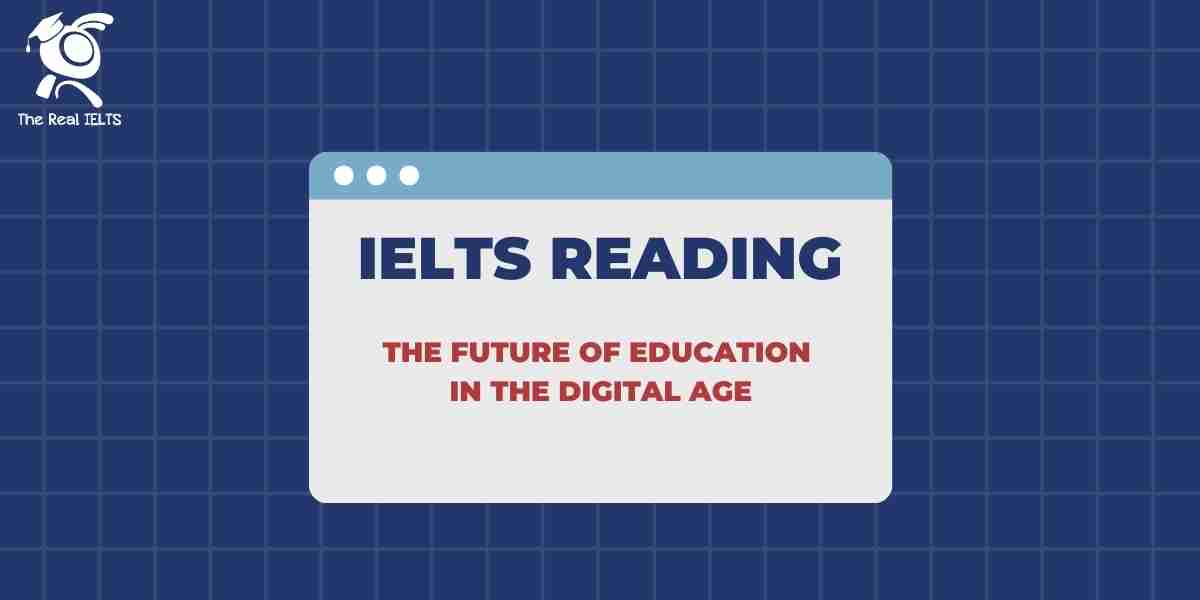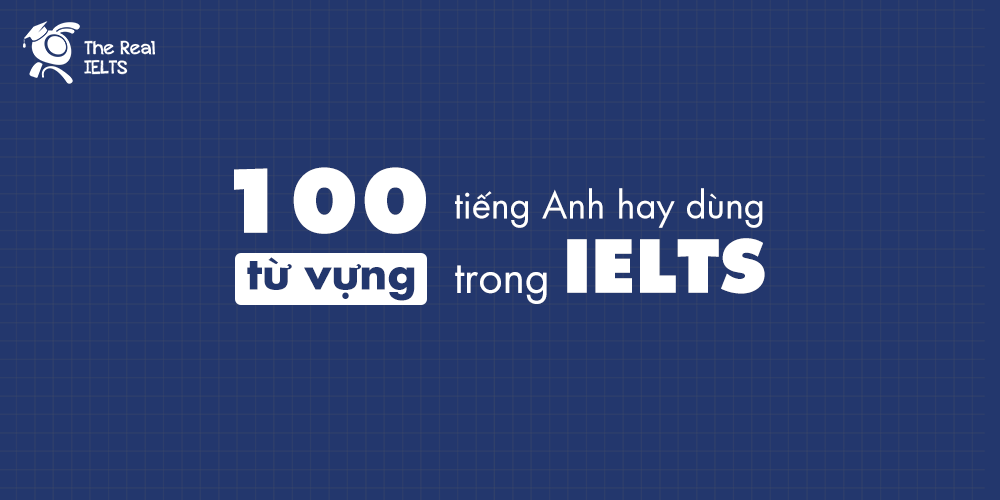Đề thi IELTS Reading có tiêu đề “The Effects of Air Pollution on Public Health”
Nhớ đọc thêm các bài luyện thi IELTS nhé.
IELTS Reading:”The Effects of Air Pollution on Public Health“
Air pollution is a critical global issue that significantly impacts public health, leading to a wide range of illnesses and conditions. As industrialization, urbanization, and the use of fossil fuels have increased, so too have the levels of harmful pollutants in the air. These pollutants, such as particulate matter (PM), nitrogen dioxide (NO2), sulfur dioxide (SO2), carbon monoxide (CO), and ozone (O3), pose significant risks to human health. This essay explores the effects of air pollution on public health, with a focus on respiratory, cardiovascular, and other systemic health problems.
One of the most severe consequences of air pollution is its impact on the respiratory system. Pollutants such as PM2.5 and PM10, which consist of tiny particles suspended in the air, can penetrate deep into the lungs and even enter the bloodstream. Long-term exposure to these particles is strongly linked to chronic respiratory diseases such as asthma, chronic obstructive pulmonary disease (COPD), and lung cancer. In urban areas with high levels of air pollution, the incidence of these diseases tends to be significantly higher. Children and the elderly are particularly vulnerable, as their respiratory systems are either still developing or weakened by age.
The harmful effects of air pollution extend beyond the respiratory system. Numerous studies have established a connection between air pollution and cardiovascular diseases, including heart attacks, strokes, and hypertension. Fine particulate matter, especially PM2.5, has been shown to contribute to the buildup of plaque in arteries, leading to atherosclerosis, a condition that significantly increases the risk of heart attacks and strokes. Additionally, pollutants like nitrogen dioxide and sulfur dioxide are known to cause inflammation in blood vessels, raising blood pressure and further exacerbating cardiovascular problems. As a result, people living in heavily polluted areas are more likely to suffer from heart-related illnesses and have higher mortality rates.
Air pollution also has systemic effects on the body, impacting not only the respiratory and cardiovascular systems but also the nervous, immune, and reproductive systems. Recent research suggests that long-term exposure to pollutants like PM2.5 and NO2 may be linked to neurodegenerative diseases such as Alzheimer’s and Parkinson’s. The oxidative stress and inflammation caused by these pollutants can damage brain cells, leading to cognitive decline and other neurological disorders. Additionally, air pollution can weaken the immune system, making individuals more susceptible to infections. It can also affect reproductive health, with studies showing correlations between air pollution and adverse pregnancy outcomes, including low birth weight, preterm births, and even miscarriages.
The public health burden caused by air pollution is immense. The World Health Organization (WHO) estimates that air pollution is responsible for around 7 million premature deaths annually. In many developing countries, where regulatory standards are often less stringent, the health impacts are particularly devastating. In cities like Delhi, Beijing, and Lagos, smog and poor air quality have become everyday realities, with residents experiencing frequent respiratory issues, hospital visits, and reduced life expectancy.
Efforts to mitigate the health impacts of air pollution must be comprehensive and involve both governmental and societal action. Governments play a critical role in establishing and enforcing air quality standards, promoting cleaner energy sources, and regulating industries that contribute to pollution. Transitioning from fossil fuels to renewable energy sources like wind, solar, and hydropower is essential in reducing harmful emissions. Public transportation systems should be improved and incentivized to reduce the number of private vehicles on the road, which are major contributors to air pollution.
On an individual level, people can take steps to protect themselves from the harmful effects of air pollution. Wearing masks designed to filter out fine particles, using air purifiers at home, and staying indoors during high pollution periods are some of the measures that can be taken to reduce exposure. Additionally, raising awareness about the dangers of air pollution and advocating for cleaner environments can drive collective action and pressure governments and industries to take more decisive measures.
In conclusion, the effects of air pollution on public health are profound and multifaceted. From respiratory and cardiovascular diseases to impacts on the nervous system and reproductive health, air pollution remains one of the most significant environmental health risks globally. While the challenges are vast, concerted efforts at the governmental, societal, and individual levels can significantly reduce the public health burden associated with air pollution. Protecting public health from the dangers of air pollution requires a combination of technological innovation, policy change, and public awareness, all aimed at creating cleaner air for present and future generations.
Đề bài thi IELTS Reading
Multiple Choice (Câu hỏi trắc nghiệm)
- What is one of the main contributors to increased air pollution?
- A. Deforestation
- B. Industrialization
- C. Urbanization
- D. Both B and C
- Which group is particularly vulnerable to respiratory diseases caused by air pollution?
- A. Teenagers
- B. Adults
- C. Children and the elderly
- D. Office workers
- What pollutant is most associated with cardiovascular diseases?
- A. Carbon monoxide (CO)
- B. Nitrogen dioxide (NO2)
- C. Particulate matter (PM2.5)
- D. Ozone (O3)
- Which of the following is NOT a systemic effect of air pollution mentioned in the text?
- A. Damage to the nervous system
- B. Weakened immune system
- C. Increased metabolism
- D. Reproductive health issues
- What is a measure suggested for individuals to reduce exposure to air pollution?
- A. Avoid using public transport
- B. Wear masks designed to filter fine particles
- C. Keep windows open at all times
- D. Use wood-burning stoves
True/False/Not Given (Xác định thông tin đúng, sai, hoặc không đề cập)
- Air pollution only affects people living in urban areas.
- True
- False
- Not Given
- There is a proven link between air pollution and Alzheimer’s disease.
- True
- False
- Not Given
- Governments play a crucial role in establishing air quality standards.
- True
- False
- Not Given
- Air pollution is solely caused by the burning of fossil fuels.
- True
- False
- Not Given
- Public transportation is mentioned as a contributor to air pollution.
- True
- False
- Not Given
Yes/No/Not Given (Xác định ý kiến của tác giả)
- The author believes that the public health burden of air pollution is manageable.
- Yes
- No
- Not Given
- The author supports the use of air purifiers as a solution to air pollution.
- Yes
- No
- Not Given
- The author suggests that industries should self-regulate to reduce emissions.
- Yes
- No
- Not Given
- The author is optimistic about technological innovation solving the air pollution crisis.
- Yes
- No
- Not Given
- The author considers urbanization the sole cause of increased air pollution.
- Yes
- No
- Not Given
Matching Information (Nối thông tin với đoạn văn)
- Which paragraph discusses the effects of particulate matter on respiratory health?
- A. Paragraph 1
- B. Paragraph 2
- C. Paragraph 3
- D. Paragraph 4
- Which paragraph addresses the role of government regulations?
- A. Paragraph 2
- B. Paragraph 3
- C. Paragraph 4
- D. Paragraph 5
- Which paragraph mentions the impact of air pollution on pregnant women?
- A. Paragraph 2
- B. Paragraph 3
- C. Paragraph 4
- D. Paragraph 5
- Which paragraph discusses the burden of air pollution in developing countries?
- A. Paragraph 1
- B. Paragraph 3
- C. Paragraph 4
- D. Paragraph 5
- Which paragraph provides suggestions for individuals to reduce their exposure to air pollution?
- A. Paragraph 1
- B. Paragraph 2
- C. Paragraph 4
- D. Paragraph 5
Matching Headings (Nối tiêu đề với đoạn văn)
- Effects of air pollution on neurological health
- A. Paragraph 1
- B. Paragraph 2
- C. Paragraph 3
- D. Paragraph 4
- Governmental and societal solutions to air pollution
- A. Paragraph 2
- B. Paragraph 3
- C. Paragraph 4
- D. Paragraph 5
- Cardiovascular risks associated with air pollution
- A. Paragraph 2
- B. Paragraph 3
- C. Paragraph 4
- D. Paragraph 5
- Respiratory diseases and particulate matter
- A. Paragraph 1
- B. Paragraph 2
- C. Paragraph 3
- D. Paragraph 4
- The global impact of air pollution on public health
- A. Paragraph 1
- B. Paragraph 2
- C. Paragraph 4
- D. Paragraph 5
Matching Features (Nối đặc điểm với đối tượng)
- Associated with inflammation in blood vessels
- A. PM2.5
- B. NO2
- C. CO
- D. O3
- Linked to adverse pregnancy outcomes
- A. PM10
- B. NO2
- C. CO
- D. SO2
- Increases the risk of strokes
- A. NO2
- B. SO2
- C. PM2.5
- D. O3
- Contributes to oxidative stress in brain cells
- A. PM2.5
- B. NO2
- C. CO
- D. O3
- Commonly found in smog in urban areas
- A. PM2.5
- B. NO2
- C. SO2
- D. O3
Sentence Completion (Hoàn thành câu)
- Chronic respiratory diseases such as asthma and COPD are linked to exposure to _______.
- A. ozone
- B. particulate matter
- C. carbon monoxide
- D. nitrogen dioxide
- Fine particulate matter can enter the bloodstream and lead to _______.
- A. neurological disorders
- B. reproductive health problems
- C. lung infections
- D. cardiovascular diseases
- One suggestion for reducing air pollution at an individual level is to _______.
- A. avoid public transportation
- B. stay indoors during high pollution periods
- C. reduce water consumption
- D. use more fossil fuels
- Children and the elderly are particularly vulnerable because their respiratory systems are either _______.
- A. more sensitive to smell
- B. compromised by other diseases
- C. still developing or weakened by age
- D. easily influenced by weather
- Developing countries often have higher levels of air pollution due to _______.
- A. weak regulatory standards
- B. overuse of technology
- C. strong industrialization
- D. lack of forests
Summary Completion (Hoàn thành tóm tắt)
- Air pollution has systemic effects on the body, including impacts on the _______, _______, and _______ systems.
- Options: immune, cardiovascular, reproductive, circulatory, digestive, respiratory
- Studies show that air pollution can cause oxidative stress, which is linked to _______ diseases such as Alzheimer’s and Parkinson’s.
- Options: respiratory, infectious, neurodegenerative, cardiovascular
- Governments should focus on promoting cleaner energy sources such as _______, _______ and _______ to reduce air pollution.
- Options: fossil fuels, nuclear energy, wind, hydropower, solar
- _______ and _______ are particularly harmful pollutants that lead to plaque buildup in arteries.
- Options: PM10, NO2, PM2.5, CO, SO2
- Individuals can protect themselves by wearing _______, using _______, and staying indoors during high pollution levels.
- Options: masks, sunscreen, purifiers, helmets
Đáp án bài thi IELTS Reading
Multiple Choice (Câu hỏi trắc nghiệm)
- D. Both B and C
- C. Children and the elderly
- C. Particulate matter (PM2.5)
- C. Increased metabolism
- B. Wear masks designed to filter fine particles
True/False/Not Given (Xác định thông tin đúng, sai, hoặc không đề cập)
- False
- Not Given
- True
- False
- Not Given
Yes/No/Not Given (Xác định ý kiến của tác giả)
- No
- Not Given
- No
- Not Given
- No
Matching Information (Nối thông tin với đoạn văn)
- B. Paragraph 2
- D. Paragraph 5
- B. Paragraph 3
- D. Paragraph 5
- C. Paragraph 4
Matching Headings (Nối tiêu đề với đoạn văn)
- C. Paragraph 3
- D. Paragraph 5
- B. Paragraph 2
- A. Paragraph 1
- D. Paragraph 5
Matching Features (Nối đặc điểm với đối tượng)
- C. CO
- B. NO2
- C. PM2.5
- A. PM2.5
- B. NO2
Sentence Completion (Hoàn thành câu)
- B. particulate matter
- D. cardiovascular diseases
- B. stay indoors during high pollution periods
- C. still developing or weakened by age
- A. weak regulatory standards
Summary Completion (Hoàn thành tóm tắt)
- cardiovascular, respiratory, immune
- neurodegenerative
- solar, wind, hydropower
- PM2.5, NO2
- masks, purifiers
Luyện tập bài khác ở bài viết:”100 bài luyện IELTS Reading 2024 – 2025“















